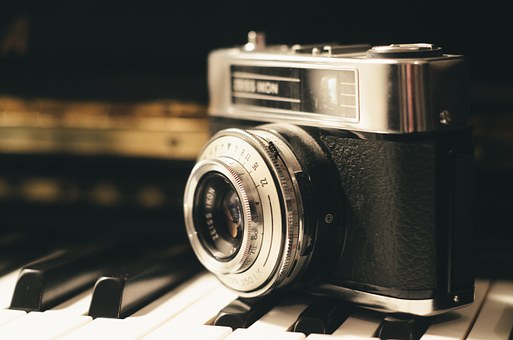I often get asked what records I keep of clients’ art. One of the cornerstones of my record keeping is keeping a record of the art produced.
In my last blog I looked at who keeps the art, client or coach, and what happens if the client chooses to leave the art behind. If this happens and you are keeping the art on behalf of your client then by default, you are keeping a record of the art! But what do you do if the client takes their art with them or they want it destroyed?
Here the simplest thing is to take a photo of the image but only with permission.
As part of my contracting I ask permission to take photos of art produced by a client in our sessions. I will then always ask on an image by image, and session by session basis for permission to take a photo. This is because each piece of art will illicit a different response from a client and therefore how they want that art to be treated may also be different.
If you do have permission to take a photo it means that you will always have a digital image available. This is really important when a client doesn’t bring their art to future sessions or they start referring to a piece that they had previously asked to be discarded; you will always have it available if your client would like to see their art. I have found this very helpful as there is no replacement for having the visual representation of the art in the coaching space. It just creates a much deeper connection and a richness to a client’s insight.
Please note that how you store digital images or physical photos of your clients’ art falls within the confidentiality and privacy clauses of our contracting as well as data protection. They must be stored in a way that protects them from unauthorised access.
It could also be tempting to have the images available to show other clients as to the sorts of art people create in art based coaching. If you want to do this you must ask permission from the client who has produced the work. All the images I share through this website, my newsletter, social media and LinkedIn have all been done with the express permission from those who created them. You will also see that the images I share have no titles or names associated with them.
In my next blog I will explore further the benefits of having art from previous sessions available in a current session and, in particular, the closing session of a programme.


2 comments on “Keeping a record of clients’ art”